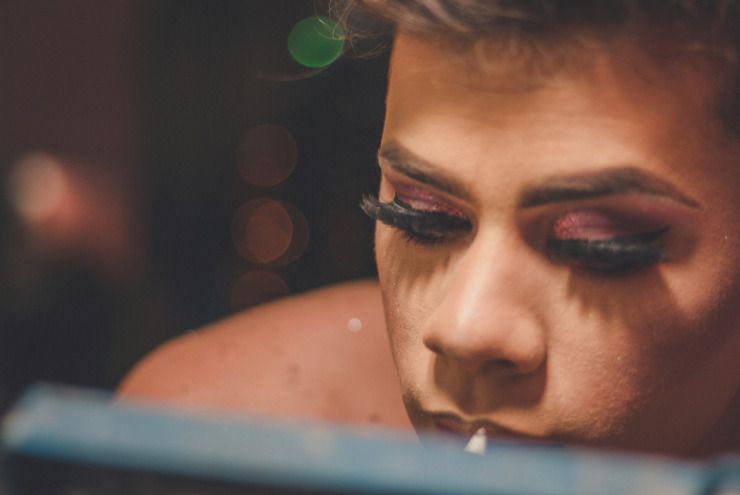By Mx. Jacob Kelley
Drag has long been a vibrant and multifaceted part of LGBTQIA+ culture, embodying themes of creativity, resilience, and community cohesion. Recently, however, the relevance and legitimacy of drag have been challenged, particularly in rural locales where LGBTQIA+ visibility is notably sparse. Now, more than ever, it’s imperative to understand and affirm drag’s critical role in these spaces as a signifier of enduring queer culture and social progress.
Data from the Williams Institute reveals a pronounced shortage of LGBTQIA+ visibility in rural areas relative to urban centers. According to these studies, rural regions often exhibit lower rates of LGBTQIA+ presence and visibility, contributing to feelings of isolation and marginalization among queer individuals in these communities. Given this context, drag emerges as an instrumental vehicle for fostering connection, acceptance, and mutual understanding.
Consider, for instance, the narrative of Jacob, an individual who grappled with his identity due to the conservative culture of his small, rural community. Encountering drag for the first time at a local community center, Jacob was captivated by the unabashed display of glitter, glamor, and self-assurance exhibited by performers. This encounter catalyzed a profound realization for Jacob, prompting him to embrace his identity with newfound pride and resilience, sustained by the sense of belonging imparted by the drag community.
Moreover, beyond its impact at the individual level, drag catalyzes broader societal transformation. Scholarly research highlights the role of LGBTQIA+ cultural exposure, including drag performances, in fostering heightened levels of acceptance and advocacy for queer rights within communities. According to a study by the Human Rights Campaign, increased exposure to LGBTQIA+ culture correlates with greater levels of support for LGBTQIA+ rights among the general population. Through the dissemination of drag culture in rural locales, prevailing stereotypes are challenged, prejudices are dismantled, and pathways to inclusivity are forged.
In recent years, concerted efforts by grassroots organizations and drag performers (including myself) have been dedicated to extending the reach of drag culture into rural communities. Initiatives such as pop-up shows and drag brunches hosted at local establishments facilitate dialogue, celebration, and solidarity among diverse demographics. Through their charisma and creativity, drag artists transcend societal barriers, fostering connections that transcend geographical and ideological divides.
Furthermore, drag serves as a platform for amplifying the voices of historically excluded subgroups within the LGBTQIA+ community. Performers hailing from diverse backgrounds, including individuals of color, transgender individuals, and non-binary artists, infuse their performances with unique perspectives and experiences. In so doing, they challenge normative constructs of beauty and identity, inspiring others to embrace their authenticity and advocate for social equity.
As our society navigates an evolving social landscape, we must recognize and affirm the intrinsic value of drag culture. By endorsing local drag events, advocating for heightened LGBTQIA+ visibility, and confronting instances of discrimination, we can safeguard drag’s status as a vibrant and indispensable facet of queer identity.
Drag transcends mere entertainment—it embodies a celebration of diversity, resilience, and solidarity. In rural communities where LGBTQIA+ visibility may be scarce, drag occupies a heightened significance as a beacon of empowerment and communal belonging. Let us unequivocally embrace drag as a catalyst for positive societal change, united in our collective pursuit of inclusivity and acceptance.


























